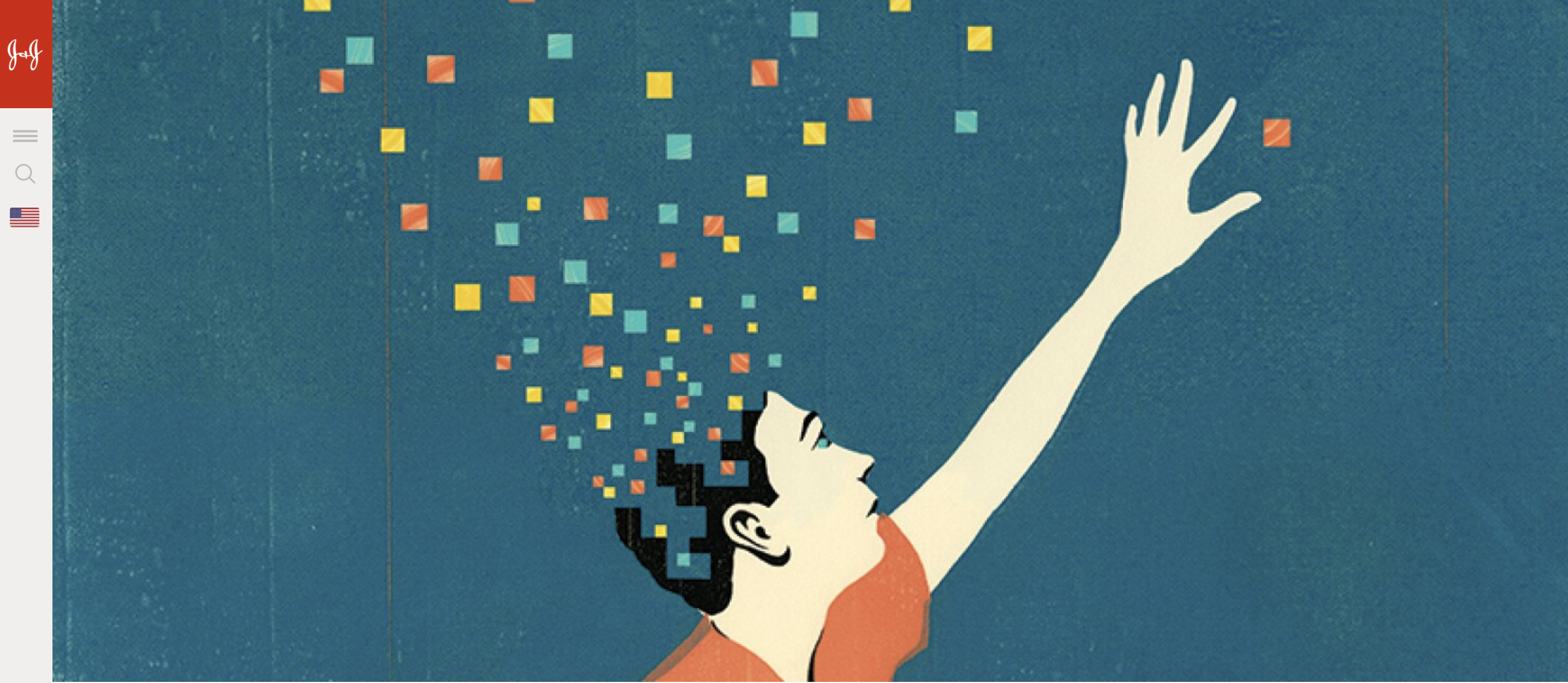
- Details
- By Jenna Kunze
Three of the nation’s largest drug companies that created and drove the opioid epidemic—most especially on tribal reservations—agreed to pay for it on Tuesday in a tentative $590 million settlement.
Four hundred and eighteen federally recognized tribes brought suits against opioid manufacturers, citing them as responsible for the opioid crisis that swept through the United States with a certain propensity towards Indian Country.
In the proposed settlement, Johnson & Johnson would pay $150 million to tribal nations over two years, and the three distribution companies— AmerisourceBergen Corp., McKesson Corp.,and Cardinal Health, Inc— would contribute $440 million total over seven years, according to the law firm Robins Kaplan LLP that backs the tribal clients.
Want more Native News? Get the free daily newsletter today.
That’s in addition to the $75 million paid to the Cherokee Nation last year in a separate lawsuit with the drug distributors. Prior to that settlement, during a Native News Online livestream in August, Cherokee Nation Chief Chuck Hoskin said he was confident the Cherokee Nation would prevail in the lawsuit.
“Opioid addiction is a real problem, but it's part of a larger array of challenges that we have in dealing with behavioral health,” Hoskin said in August.
All federally recognized tribes will be eligible to participate in the tentative settlement, regardless of whether the tribe has previously filed suit against the drug distributors. Tribes will receive notice of how they may participate in both the Johnson & Johnson and distributor settlements, today’s filing reads.
A New York tribal member personally impacted by the opioid epidemic, Lance Gumbs (Shinnecock Nation), called the settlement long overdue.
“Having lost a son to opioids, this settlement is meaningful to me personally. The money to tribes will not bring back those we lost, but hopefully will create prevention programs that can help our people stay off of drugs,” Gumbs told Native News Online. “These companies knew what was happening all along. Now they have to own up to these truths.”
“The Native American population has suffered some of the worst consequences of the opioid epidemic of any population in the United States,” plaintiffs wrote in the document filed today in the U.S. District Court in Cleveland. “American Indians and Alaska Natives had the highest drug overdose death rates in 2015 and the largest percentage increase in the number of deaths over time from 1999-2015 compared to other racial and ethnic groups. For this reason, Tribal governments across the United States have had to spend considerable tribal funds to cover the costs of the opioid crisis, including increased costs for health care, social services, child welfare, law enforcement and other government services that Tribes provide to their citizens.”
More Stories Like This
Johns Hopkins Collecting Tribal Success Stories from $1.5B Opioid SettlementArizona MMIP Task Force Holds Listening Session for Survivors and Families
‘A good stew is a story’ Blackfeet buffalo rancher shares Three Sisters Buffalo Stew recipe
National Indian Health Board Urges Congress to Extend Enhanced Premium Tax Credits
$1.25 Million Grant Gives Hope to Tolowa Dee-ni' Nation Amid Housing Crisis

